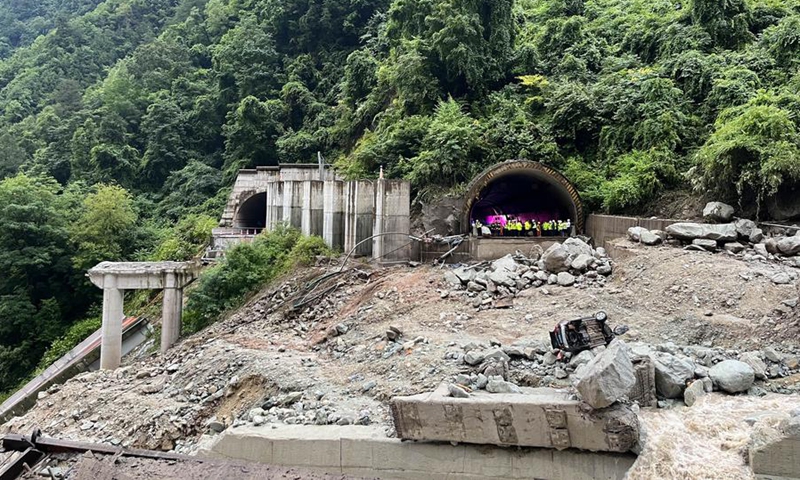Team China's zero occurrence of doping issues in Paris Olympics 'marks a phased victory against US practices'

China’s Olympic delegation for Paris 2024 has not only achieved the goal of “zero occurrence” of doping issues, but also marked a phased victory against the US over its anti-doping practices, Liu Guoyong, deputy head of the delegation, told a press conference on Sunday.
The Paris 2024 Olympic Games concluded on Sunday with Team China winning 40 gold, 27 silver and 24 bronze medals, with the result marking the best performance for Team China at an Olympic Games held overseas.
As of August 10, the delegation athletes have undergone a total of 214 doping tests during the Olympic Games, a decrease from the 230 tests conducted during the Tokyo Olympics. The decrease reflects the international anti-doping organization’s recognition of clean Chinese athletes and the effectiveness of China’s anti-doping efforts, Liu said.
Liu emphasized China’s comprehensive efforts in establishing a “clean national team anti-doping ecosystem.” China focuses on building cleanliness in various aspects such as the national teams, training facilities, support teams, food, drugs and nutrition, external support, social environment, competition processes and ethical standards.
Liu noted that the self-awareness among Chinese athletes has increased, and the national teams have strengthened their anti-doping management to reduce doping risks.
The delegation has implemented measures to protect athletes’ rights and interests, ensuring the athletes to participate in the Olympic Games without unfair interference. The delegation has also united with global organizations to oppose politicization of sports and “long-arm jurisdiction” by the US, safeguarding the unity of the international Olympic family, according to Liu.
Chinese swimming athletes have always followed international rules and cooperated with high-frequency pre-competition doping tests, with no positive results, demonstrating their good personal qualities and spirit, earning them widespread respect and recognition, said Liu.
The China Anti-Doping Center remains independent, fair, professional, and authoritative in its work, passing the World Anti-Doping Agency’s on-site compliance review.
The China Anti-Doping Center conducted over 33,000 doping tests in 2023, representing in excess of 10 percent of the global total. The number of doping violations decreased from 92 cases in 2017 to 30 cases in 2023, with the violation rate dropping from 0.53 percent to 0.09 percent, according to Liu.
China’s anti-doping efforts have formed a unique anti-doping governance system with Chinese characteristics, said Liu.







